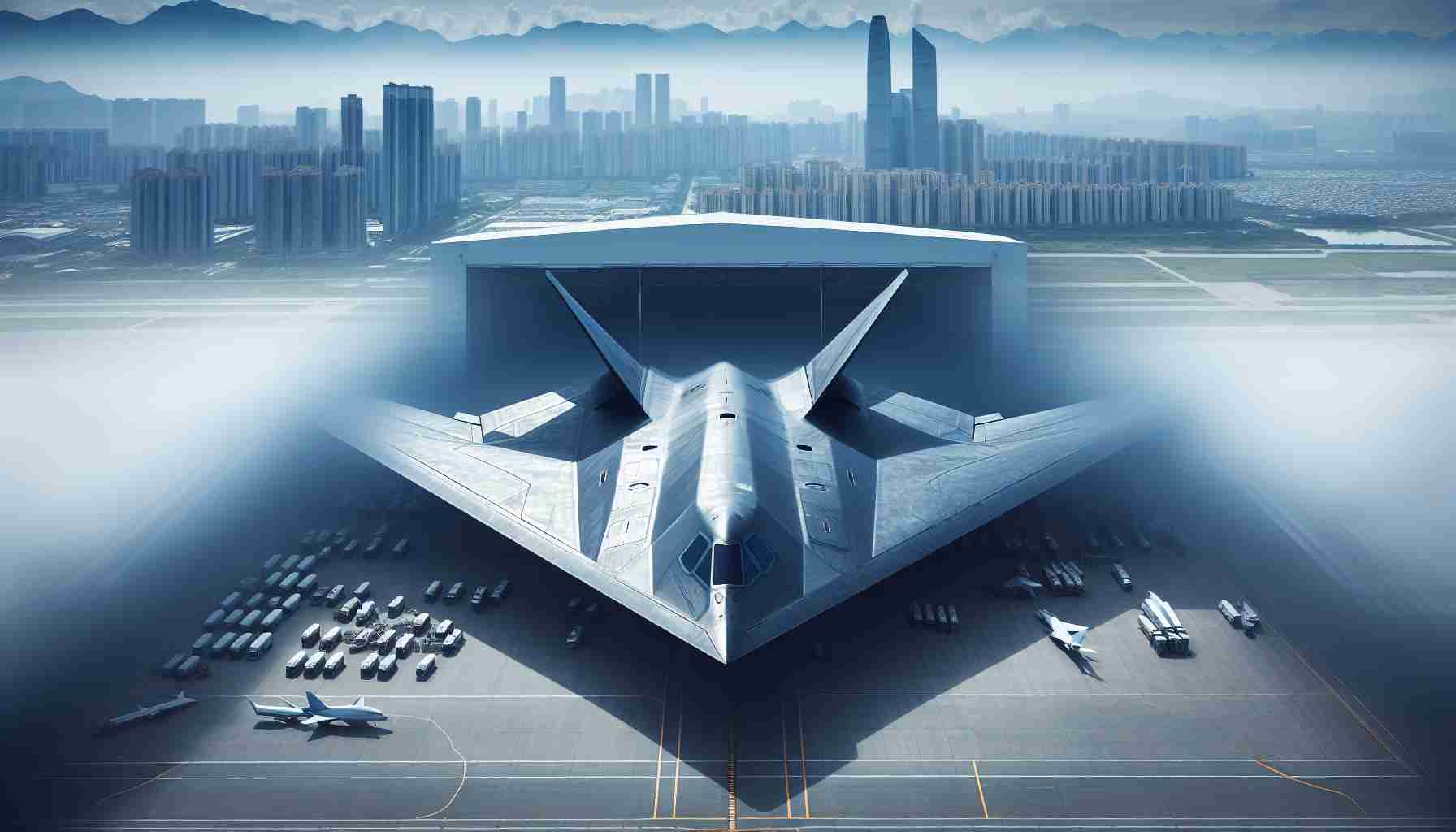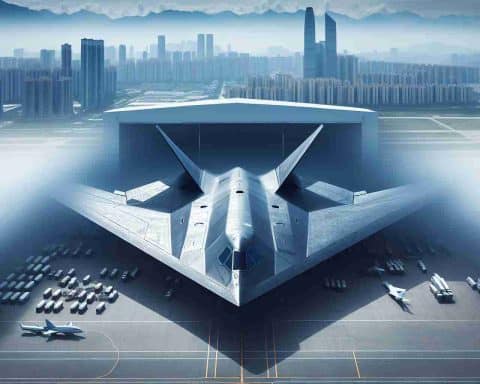China has finally revealed the long-anticipated Shenyang J-35A, a stealth fighter jet designed for land operations. This unveiling provides the first official look at the aircraft, which has mostly been seen in poor-quality images until now. Although its public debut at Airshow China on November 12 is highly awaited, numerous questions about its potential role within the People’s Liberation Army Air Force (PLAAF) remain unanswered.
The newly-released images offer crucial insights. This fresh perspective allows comparison with earlier models, like the J-35 and FC-31, and even with competitor jets worldwide. The aircraft bears notable resemblances to the American F-35, prompting discussions about its design origins. However, claims that China has cloned the F-35 have been refuted, as significant technical differences exist.
Key differences include the J-35A’s dual-engine setup versus the F-35’s single turbofan. Moreover, the J-35A lacks short takeoff and vertical landing capabilities, meaning its structure is sleeker and less bulky than the F-35. These design differences raise questions concerning the J-35A’s fuel capacity and payload abilities.
What’s beneath the surface matters most. The true distinction lies in avionics, sensors, and stealth technology, areas where performance can significantly differ despite external similarities. The aircraft’s new photo also shows features like an electro-optical targeting system and a large head-up display, which provide enhanced operational capabilities.
Finally, China confirmed that the land-based jets are officially designated as the J-35A, with the carrier version known as the J-35. This announcement follows speculation about the aircraft’s intended use, hinting at its potential role alongside the Chengdu J-20 as a more cost-effective fighter solution.
Could China’s J-35A Stealth Jet Shift Global Military Dynamics?
The unveiling of China’s Shenyang J-35A stealth fighter jet has sparked interest worldwide, leaving many to wonder how this development could potentially alter the geopolitical landscape. While much attention has been given to its technical specifications, there are numerous implications for countries, communities, and global security that extend beyond the surface details.
Unpacking the Global Implications
The emergence of the J-35A has significant ramifications for international relations and military strategies. This aircraft, being a land-operational stealth fighter, positions China as a formidable competitor in modern aerial warfare. While it might not boast certain capabilities like short takeoff and vertical landing (STOVL) found in the American F-35, the J-35A’s development represents a leap in China’s indigenous military technology.
This innovation can reshape power dynamics on a global scale. For instance, nations in proximity to China may feel a compelling need to boost their own defence capabilities. This might spur an arms race in regions like the Asia-Pacific, where tensions are already high.
Interesting Tidbits and Controversies
Despite China’s assurances about the originality of its design, comparisons with the F-35 have fuelled debates over potential espionage and intellectual property theft. These allegations, however, are challenged by experts who point to substantial differences in engine configurations and operational roles.
Nevertheless, geopolitical analysts suggest that China’s advancements may cause shifts in defence alliances, as countries evaluate their relationships with both China and the United States. This situation potentially affects international trade partnerships, defence contracts, and diplomatic ties.
The Pros and Cons
Advantages:
– Military Empowerment: The J-35A enhances China’s aerial capabilities, potentially contributing to a strategic edge over regional rivals.
– Technological Advancement: The innovation process boosts China’s domestic industry and engineering sectors.
– Economic Opportunities: A successful rollout could open China to export markets interested in more cost-effective stealth technology.
Disadvantages:
– Regional Tensions: The introduction of a new stealth fighter may unsettle neighbouring countries, leading to increased military spending and instability.
– Global Arms Race Risks: As nations race to keep pace, global military development could shift focus from diplomatic solutions to potential conflicts.
– Sustainability and Costs: High development and maintenance costs could strain China’s economic resources over time.
Exploring Future Implications
Could this development lead to a paradigm shift in military doctrines, particularly regarding fleet compositions and resource allocations? Nations might reconsider their strategic priorities, focusing more on counter-stealth capabilities and electronic warfare advancements. Additionally, how might this impact global innovation in aviation technology, particularly among allies within NATO?
The ripple effect of this development poses many questions and opportunities for further exploration. As the global defence landscape evolves, aeronautical experiments and international policies will continue to adapt and respond.
For more insights into military technology advancements and geopolitical shifts, visit the RAND Corporation and International Institute for Strategic Studies.









